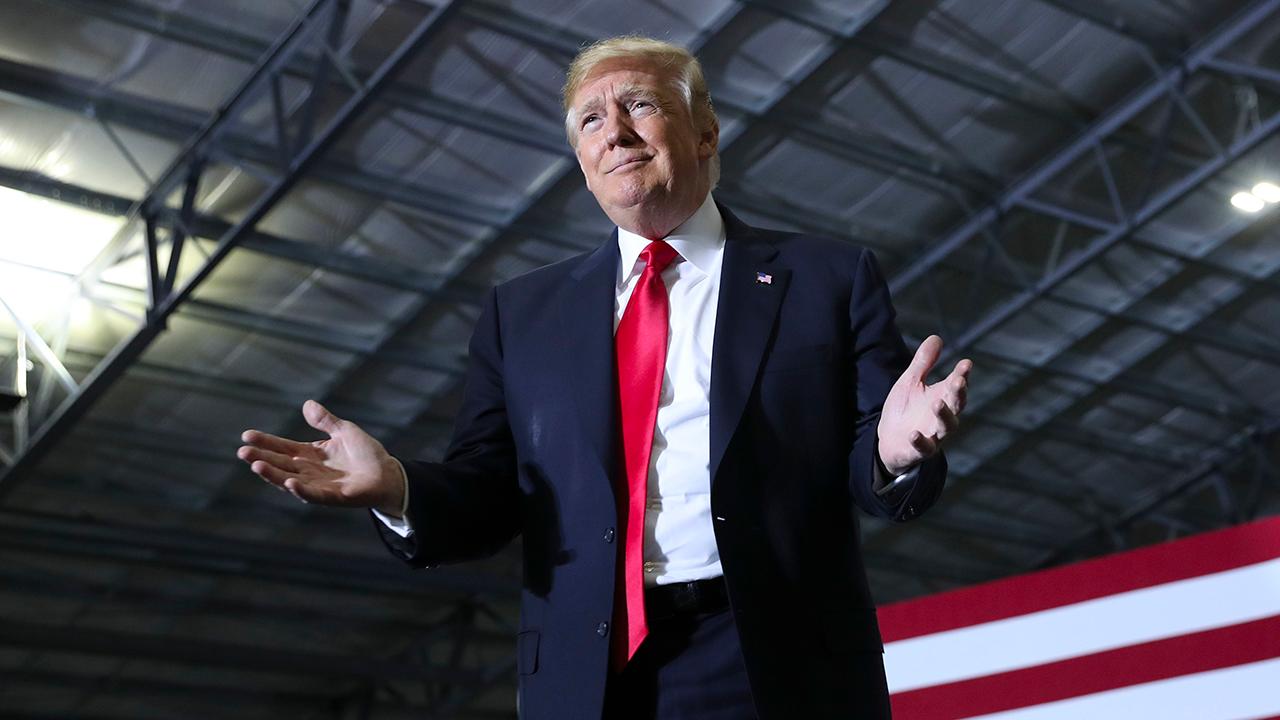US trade deficit falls to 7-month low
WASHINGTON (Reuters) - The U.S. trade deficit fell to a seven-month low in April as exports rose to a record high, lifted by an increase in shipments of industrial materials and soybeans.
The Commerce Department said on Wednesday the trade gap dropped 2.1 percent to $46.2 billion, the smallest since September. Data for March was revised to show the trade deficit falling to $47.2 billion, instead of the previously reported $49.0 billion.
The government also revised trade data going back to 2010. Economists polled by Reuters had forecast the trade deficit unchanged at $49 billion in April.
When adjusted for inflation, the trade gap narrowed to $77.5 billion from $78.2 billion in March. The so-called real trade deficit is below its $82.5 billion average in the first quarter.
If the trend in the real trade deficit is maintained, trade could contribute to gross domestic product in the second quarter after having a neutral impact in the January-March period.
Strong data ranging from manufacturing to consumer spending and the labor market have led the Federal Reserve Bank of Atlanta to estimate that economic growth in the second quarter will top a 4.0 percent annualized rate. The economy grew at a 2.2 percent pace in the first quarter.
But a protectionist trade policy being pursued by President Donald Trump poses a threat to the otherwise rosy economic outlook. Trump in March announced tariffs for steel and aluminum imports to protect domestic industries from what he says is unfair competition from foreign producers.
Last week, Trump extended the duties to steel and aluminum imports from Canada, Mexico and the European Union. Mexico has retaliated with measures targeting a wide range of U.S. farm and industrial products. Canada has said it would slap tariffs on imports from the United States, including whiskey, orange juice, steel, aluminum and other products.
A trade war is also looming with China. Washington and Beijing have threatened tit-for-tat tariffs on goods worth up to $150 billion each. Trump claims the United States is being taken advantage of by its trading partners, but economists warn that tariffs will hobble the economy, raising prices and destroying jobs for Americans.
Economists say that tariffs will do little to shrink the trade deficit, partly because of the dollar's status as the global reserve currency and the low U.S. savings rate, including a fiscal deficit that has been blown up by a $1.5 trillion tax cut package.
The politically sensitive goods trade deficit with China increased 8.1 percent to $28.0 billion in April. The deficit with Mexico narrowed 29.8 percent to $5.7 billion in April. The United States had a $0.8 billion goods trade deficit with Canada in April.
In April, exports of goods and services rose 0.3 percent to a record $211.2 billion. Exports were supported by a $1.3 billion increase in deliveries of industrial supplies and materials such as fuel oil and petroleum products.
Exports of industrial supplies and materials were the highest on record in April. Soybean exports increased $0.3 billion and corn shipments also rose by a similar amount. But exports of commercial aircraft tumbled $2.8 billion.
Exports to China dropped 17.1 percent in April.
Imports of goods and services slipped 0.2 percent to $257.4 billion in April. Imports of consumer goods dropped $2.8 billion, weighed by a $2.2 billion decline in imports of cellphones and other household goods. Motor vehicle imports fell $1.0 billion.
Crude oil imports rose $1.0 billion in April. Imports from China were unchanged in April.
(Reporting By Lucia Mutikani; Editing by Andrea Ricci)

